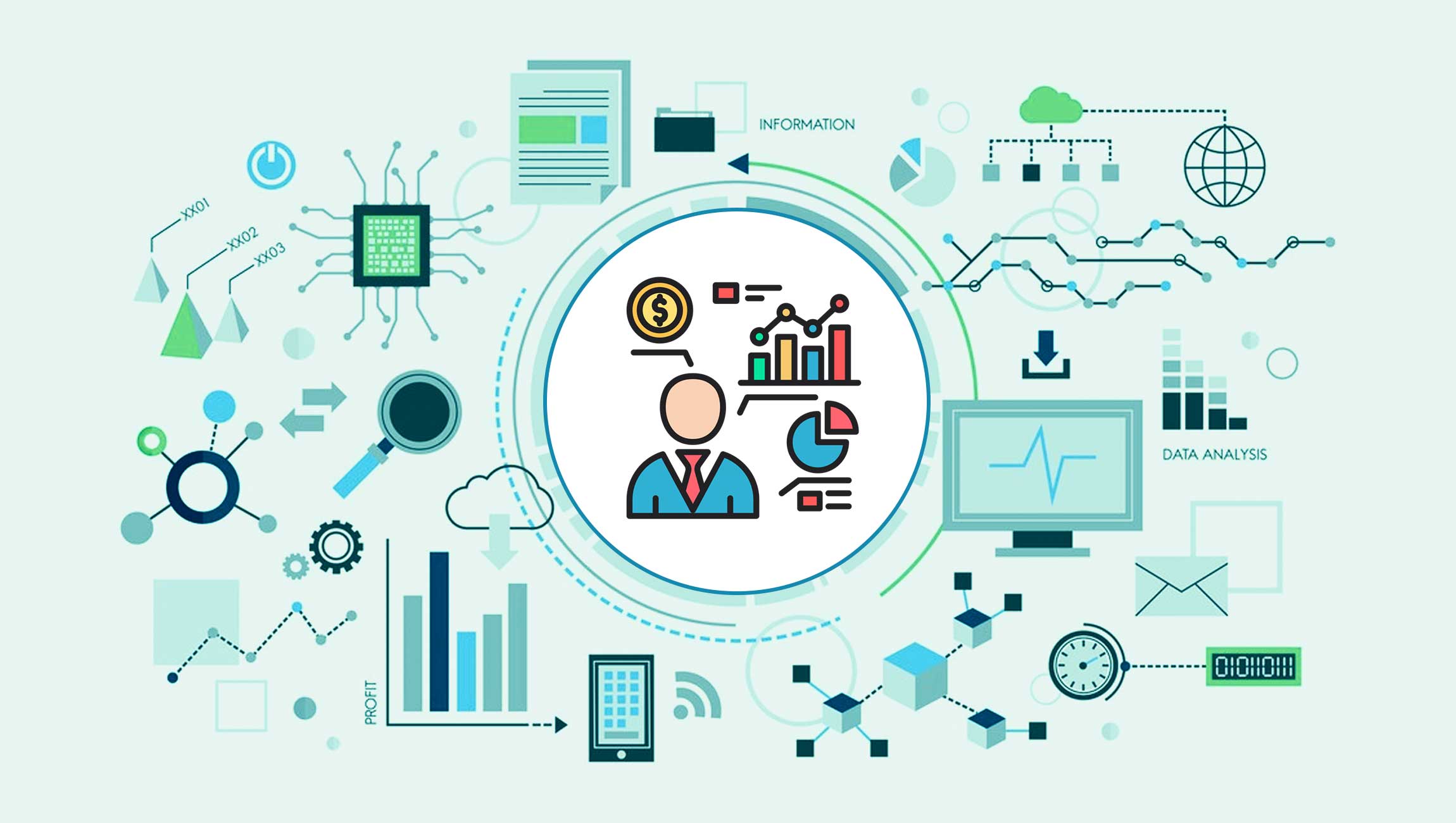In the intricate tapestry of modern B2B marketing, data integration and normalization have emerged as fundamental processes. Data integration is a process where various data sources are merged to form a unified view, providing marketers with an all-encompassing perspective on customer interactions and behaviors. In contrast, data normalization organizes this diverse data into a uniform format, enabling more precise and efficient analysis.
The rising dependence on data-centric marketing strategies highlights the criticality of these practices, empowering businesses to utilize data more effectively for informed decision-making.
Understanding Data Integration in Marketing
Data integration in marketing refers to the amalgamation of data from diverse sources, such as customer databases, social media, and sales records, into a cohesive dataset. This unification is crucial for creating a comprehensive understanding of the customer journey. This process dismantles data silos and combines different data points, offering a unique, detailed view of customer interactions.
For marketing professionals, integrating data is transformative. It facilitates a deeper understanding of customer behaviors and preferences by amalgamating varied data sources. This holistic view enables targeted marketing strategies, personalized customer engagement, and improved customer experience. Moreover, it plays a crucial role in detecting trends and patterns, steering data-led decision-making processes. Utilizing this integrated data, marketers can fine-tune their strategies to align with their target audience’s evolving demands, enhancing the efficiency and impact of their marketing initiatives.
The Role of Data Normalization
Data normalization in marketing is the process of structuring data into a consistent format. It streamlines disparate data types, ensuring uniformity and accuracy. This practice is essential in marketing for integrating data from various sources, such as customer feedback, sales figures, and online traffic data, into a unified, accessible format. Normalization eliminates redundancies and inconsistencies, making data more reliable and easier to analyze.
By normalizing data, marketers improve its quality and usability. It transforms data into a format that is easier to work with, enabling more efficient data analysis and segmentation.
Normalization ensures that when marketers extract insights from their data, they are based on accurate, consistent information. This leads to better-targeted marketing campaigns, as the data used to inform these strategies is free from discrepancies and misalignments.
Marketing Technology News: MarTech Interview With Catalina Salazar, Global Head @ Wolt Ads
Impact on Customer Insights and Decision Making
Integrated and normalized data provides a comprehensive view of the customer, revealing deeper insights into their behaviors and preferences. By examining this synchronized data, marketers can discover patterns and trends that data silos previously concealed. Such profound insights enable the crafting of highly personalized marketing messages, specifically designed to cater to individual customer needs and desires.
The use of integrated and normalized data facilitates data-driven decision-making in marketing. Marketers can confidently base their strategies on data insights, leading to more effective and efficient marketing efforts. This method not only improves the precision of targeting and segmentation but also enables the real-time tracking and refining of marketing campaigns.
Consequently, businesses can swiftly adjust to shifts in market trends and consumer behaviors, securing a competitive advantage in their marketing strategies.Top of Form
Challenges Beckoning Data Integration and Normalization
Data integration and normalization, while crucial in modern marketing, present several challenges that can hinder their effectiveness. Understanding these common hurdles is the first step in developing a robust data strategy.
1. Data Quality Issues:
Poor quality data, including inaccuracies and incomplete information, can compromise the integration process.
2. Compatibility of Different Data Sources:
Merging data from various sources often involves overcoming compatibility issues due to different formats and structures.
3. Data Privacy and Security Concerns:
Ensuring data privacy and security during integration and normalization is a significant challenge, especially with stringent regulations like GDPR.
4. Complexity in Data Management:
Managing the sheer volume and complexity of data can be daunting, requiring sophisticated tools and expertise.
5. Cost and Resource Allocation:
The cost and resource allocation for effective data integration and normalization can be substantial, particularly for smaller organizations.
Best Practices for Data Integration and Normalization
To successfully navigate the complexities of data integration and normalization, adopting certain best practices is essential. These strategies can mitigate challenges and maximize the effectiveness of data-driven marketing.
1. Prioritize Data Quality:
Ensure regular data cleaning and validation processes to maintain high data quality.
2. Use Compatible Data Integration Tools:
Employ tools and platforms that can seamlessly merge and normalize data from different sources.
3. Implement Strong Data Governance:
Establish clear data governance policies to address privacy and security concerns.
4. Invest in Skilled Personnel:
Allocate resources to hire or train personnel skilled in data management and analysis.
5. Regularly Evaluate and Update Processes:
Continuously assess and update integration and normalization processes to keep up with evolving data needs and technological advancements.
Conclusion
The future of marketing heavily leans on advancing data integration and normalization technologies. As these processes evolve, they promise even more sophisticated, AI-driven analytical capabilities, leading to unprecedented levels of personalization in marketing strategies. The role of data integration and normalization in shaping effective, data-driven marketing cannot be overstated, positioning them as indispensable tools for businesses aiming to stay competitive in a data-centric world.
Marketing Technology News: Virtual Events as a Lead Generation Powerhouse: Strategies to Convert Attendees into Customers










